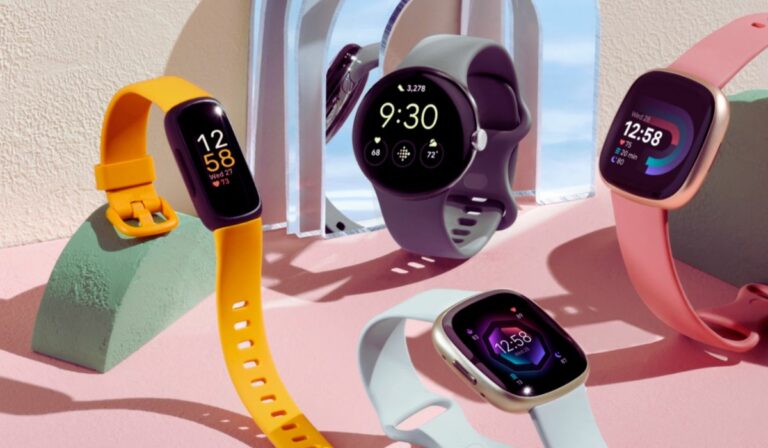Fitbit is one of the dominant fitness trackers on the market that focuses on accurately tracking your health and fitness. But just like any other fitness tracker, Fitbit doesn’t last forever.
The general life span of a Fitbit is one to two years. However, knowing how long a Fitbit lasts depends on other factors, such as how often it’s been used and how much care it receives. With that, considering the type or model of the watch is also crucial to determine its average lifespan.
Well, you don’t have to worry anymore. We are here to help you with our comprehensive guide ranges from factors affecting the average lifespan of a Fitbit and how you can increase the lifespan of your Fitbit.
So, let’s dig into it.
What is the Average Lifespan of a Fitbit?
The most crucial part before you invest in a Fitbit is to know the average lifespan.
So, it’s true that just like many other fitness trackers, Fitbit is also made of premium materials to enhance its lifespan. However, this doesn’t ensure that a Fitbit lasts a lifetime.
That’s why knowing “what is the average lifespan of a Fitbit” is always appreciated to make a well-informed choice.
Generally, and on average, most Fitbit models stay under normal use for 1-2 years. And sometimes, even more.
However, the battery’s health, cleaning frequency, and the features you use can help you to extend its lifespan.
With that, you must know that the frequency of resets would also determine the lifespan.
So, there are couple of factors that impact the lifespan of Fitbit. However, there are certain precautions that you can take to enhance its battery life and the lifespan of a Fitbit.
Factors that Determine How Long Does a Fitbit Last?

1- Quality of Hardware
Although, with every new model, Fitbit is trying to improve its hardware system. It also indicates the brand’s willingness to provide a better experience to its customers. Still the hardware quality remains at the top, which affects Fitbit’s overall performance.
So, how would you know that your Fitbit internal hardware is having issues?
Simply, if you face any internal hardware issues in your Fitbit model, you will notice
- Check The Heart Rate Sensor
- Dry Moisture From Your Fitbit
- Restart The Fitbit
- Reconnect Your Fitbit With Fitbit App
- Update The Fitbit OS
- Don’t Wear Fitbit To Loose
- Reset Fitbit To Its Factory Settings
However, the general cause of noticing these hardware quality issues involves
- Check The Heart Rate Sensor
- Dry Moisture From Your Fitbit
- Restart The Fitbit
- Reconnect Your Fitbit With Fitbit App
- Update The Fitbit OS
- Don’t Wear Fitbit To Loose
- Reset Fitbit To Its Factory Settings
It doesn’t matter how often these issues will occur, but you need to fix them as soon as you notice.
2- Battery Health
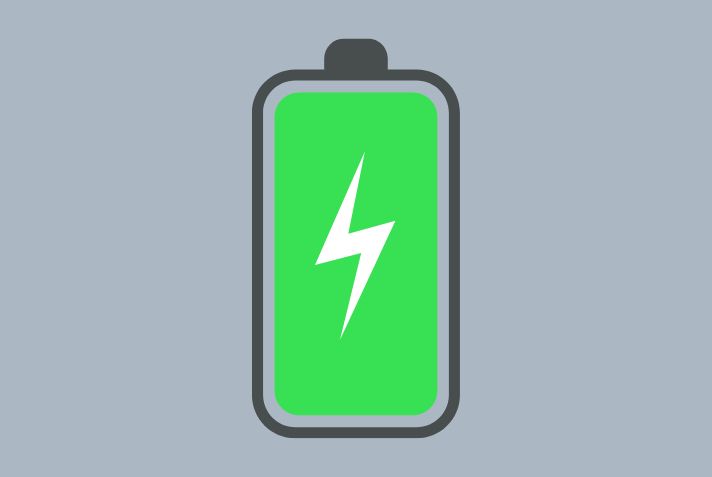
Just like any other fitness tracker Fitbit also offers rechargeable batteries.
So, for most Fitbit models, the battery can last up to 4 to 5 days on a single charge.
However, how quickly the Fitbit will drain this battery depends on how many apps or features you use. That’s why you must turn off all those unnecessary features that are no longer needed to keep your Fitbit fitness tracker in optimal condition.
Moreover, you don’t need to overcharge your Fitbit battery as it can reduce the lifespan of your Fitbit. Make sure to remove or plug out the battery from the charger to increase its life expectancy.
If you are some users who often overcharge their Fitbit battery, then you can expect this factor to highly influence lifespan of Fitbit.
3- Cleaning Frequency
Undoubtedly, giving good care and cleaning more often will help any gadget perform longer. The same goes for the Fitbit tracker.
Fitbits can easily get dirty, especially if you wear them for the whole day or longer hours. That’s why giving proper care and maintenance determines its average life.
Remember, while cleaning your Fitbit, you wouldn’t need any chemicals. For example, body soap, hand sanitizer, dishwasher, shampoo, or any other similar product as they contain chemicals.
The usage of any cleaning chemicals will not only harm the internal components of your Fitbit but can also cause you to have an allergic reaction.
Tip: all you need to use is soap-free cleaner or fresh water to clean your Fitbit regularly.
4- The Features you Use
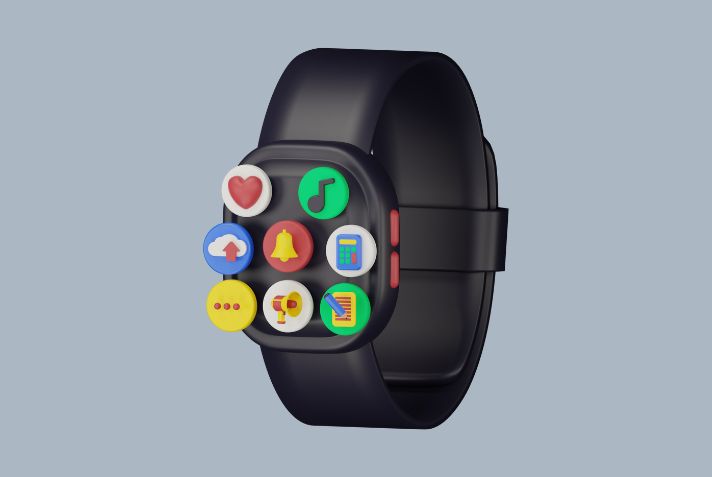
Fitbit indeed has a variety of features helping you to track your fitness goals more conveniently. But it doesn’t mean you must use all the features at once. If you are doing so, you must know it will drain more battery.
For example, using the backlight feature or vibrating alarms and keeping the GPS tracker on all the time will increase battery usage. This will ultimately not only harm the battery but will also shorten the Fitbit lifespan.
So, turn off all those features that are no longer needed.
5- Water Resistance
Most Fitbits are water resistant to 50 meters; it doesn’t mean that you can take Fitbit to a depth of 50 meters in the water; it refers to the air pressure.
Few of the Fitbits are even not water resistant.
For example, the Fitbit Charge™ and the Fitbit Charge HR™ can bother 1 ATM, which means an accidental submersion of water just like a splash that should be removed quickly.
Also, the Fitbits are not completely waterproof and prone to water damage. Especially if keeping Fitbit in water for a long time can reduce the lifespan of internal hardware.
That’s why you must consider the water damage, as it badly impacts the lifespan of Fitbit. It’s also recommended not to use Fitbit under the shower if you’re using shampoos, conditioners, and other chemicals.
6- The Frequency of Resets:
Many users often overlook the reset frequency, but it’s one of the critical factors that must be in moderation.
Although more frequency of resets will help you keep your Fitbit in good condition. Meanwhile, if it’s been used more than often, then it can also cause the power button to damage.
Overusing it will also harm the hardware, firmware, and software and eventually make it useless.
So, all you need is to take precautions and reduce the unnecessary apps or features that will ultimately reduce the reset frequency, and your Fitbit will also perform better.
7- How Often Do You Use:
The usage of any technology gadget determines its average lifespan. The same goes for Fitbit.
You can expect it to last longer if you are using it for long hours or the whole day compared to the one using it occasionally. That’s why you must reduce its excessive use.
But, if you need to do so, give a good amount of care and maintenance or consider replacing the batteries.
8- The Model of Fitbit
As technology keeps on enhancing, the one who will survive in this race should also keep improving. Fitbit understands this requirement well. That’s why they introduced their various models with various improvements in each.
So, how long a Fitbit lasts depends on your model.
For example, the Fitbit Charge 2, charge 3, Fitbit Inspire, and Fitbit Inspire 2 all usually have longer lifespans and are the most durable Fitbit fitness trackers compared to other models.
Furthermore, Fitbit Versa 2, Fitbit Alta, flex, and Fitbit Charge 4 have a shorter life span. All these models can last up to 1 to 1.5 years, making it an unwanted choice for any enthusiast.
How to Increase the Lifespan of Your Fitbit?
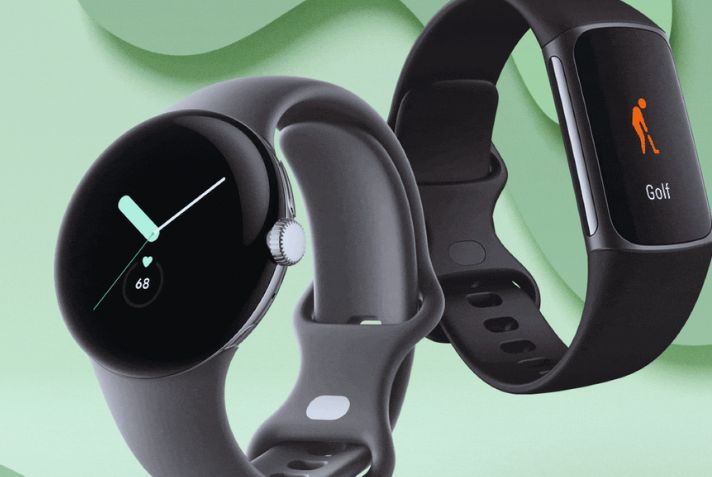
So, we discussed all those factors affecting your Fitbit performance and directly relevant to your lifetime. Now, it’s time to get a deeper dive and find out how you can increase the lifespan of your Fitbit.
1- Give Proper Care
One of the easiest things you can ever do to increase the lifespan of your Fitbit is to give it proper maintenance. Where giving good care means;
- Check The Heart Rate Sensor
- Dry Moisture From Your Fitbit
- Restart The Fitbit
- Reconnect Your Fitbit With Fitbit App
- Update The Fitbit OS
- Don’t Wear Fitbit To Loose
- Reset Fitbit To Its Factory Settings
So, to make your Fitbit last longer, you need to consider every factor.
2- Avoid Excessive Use
It’s obvious that a Fitbit will last longer if you use it occasionally. The average lifespan of a Fitbit will almost be different from the one used excessively compared to the one not used that much.
It doesn’t mean Fitbit won’t work for long hours or to keep it up the whole day. But, in this case, you must give more care to avoid any potential harm due to over-usage.
3- Protect Your Fitbit From Damage
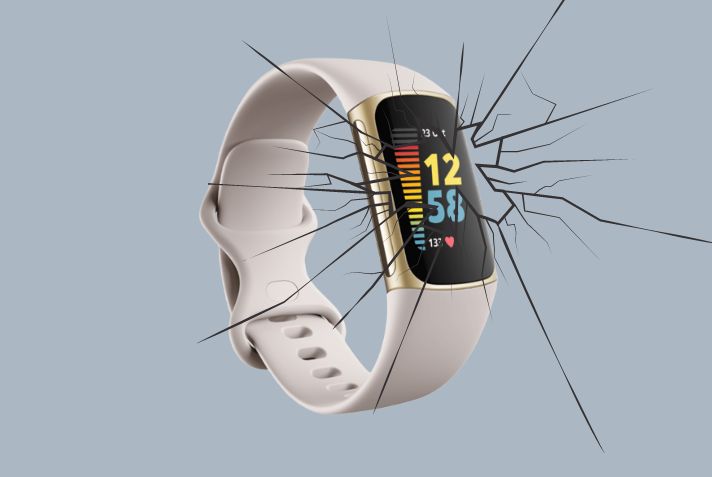
With proper care and maintenance, you also need to protect your Fitbit from any potential damage.
However, protecting from damage would include everything, like protecting from
- Check The Heart Rate Sensor
- Dry Moisture From Your Fitbit
- Restart The Fitbit
- Reconnect Your Fitbit With Fitbit App
- Update The Fitbit OS
- Don’t Wear Fitbit To Loose
- Reset Fitbit To Its Factory Settings
All these will eventually help you to have a longer lifespan
4- Consider Battery Replacement
Luckily Fitbit offers battery replacement. This will save you from big damage and help increase Fitbit’s lifespan. With that, most of the Fitbit issues can be resolved by taking good care of the battery or replacing the battery when needed.
So, despite investing in a new Fitbit, you should replace its batteries to save cost and for optimal performance.
5- Avoid Liquid Exposure
Most Fitbit models are water resistant but not entirely waterproof and can bear liquid exposure up to a limit. Meanwhile, the regular use of Fitbit in water will reduce its water-resistant capabilities. So, you can’t expect it to be the same as you first bought it.
Not only this, but you should also avoid using any shampoo, liquid dishwasher, or anything else while cleaning your Fitbit. In contrast, try a soap-free cleanser or wipe down your device regularly.
6- Take Good Care Of Your Fitbit Battery
The Fitbit battery is generally one of the first things that will get affected if you are not using it effectively.
For example, overcharging your Fitbit battery would affect its performance. Leaving the battery uncharged for longer hours would also cause damage.
To ensure a longer lifespan of your Fitbit, you must take good care of your Fitbit battery by avoiding over or undercharging. However, it’s worth mentioning that you only need to recharge the battery when it’s getting low.
Good to Know: The general practice to ensure your battery longevity is not to charge overnight but only when running low on battery.
7- Protect From Extreme Weather Conditions
Protecting your Fitbit from extreme weather conditions is the key to ensuring longevity. Fitbit fitness trackers are not usually meant to bear extreme temperatures.
For example, if you are a sports person and using a Fitbit during high-intensity activities, then the chances are your Fitbit performance will get affected and won’t last long.
Tip: we recommend you to keep your Fitbit in a cool and dry place if you live in a hot area while not using it.
8- Must Keep your Fitbit Updated
Keeping your Fitbit updated is getting essential daily to increase its lifespan.
With the regular updates of Fitbit, you can easily eliminate many issues, like fixing bugs, syncing, and better performance issues.
So, regularly updating Fitbit will help you eliminate potential problems that will ultimately help ensure longevity.
All you need is to check out your Fitbit app more often. If you see any update there, tap the update button to install.
Remember, during a firmware update, you must keep your linked mobile close to the Fitbit.
When Should You Replace Your Fitbit?
Below mentioned are some of the general scenarios under which you should consider replacing.
- If you are facing issues with the battery, you can consider replacing it. But, in general, a new, better one can give you a maximum of 6 hours of battery power.
- If you face issues in operating Fitbit, you must replace it, like sudden glitches, shutdowns, and low screen light.
- Fitbit also keeps itself upgraded, and with its new version, they tend to introduce new features. So, to keep yourself upgraded, consider replacing the Fitbit depending on the current watch position.
However, it completely depends, and there is no single answer or right time to do that. That’s why you must analyze your Fitbit current position and decide accordingly.
The Bottom Line:
Fitbit is an effective fitness tracker yet budgeted. Although it is not expensive, the shorter lifespan might be annoying for some users. In that case, all you can do is follow the proper safety instructions. For example, giving adequate care, avoiding excessive use and exposure to liquid.
The only key to how long a Fitbit lasts is in the care it receives. If you give it proper care, you can expect it to last longer.
Hopefully, this guide has created some value in yours. If you got any further queries, do write in the comment section. We would love to be there.
Till Next!
FAQ:
How long does a Fitbit battery last?
There is no wonder that Fitbit batteries can last for 5 to 7 days after each charge. The good part is your Fitbit won’t rely on you because whenever the battery drops to 25%, it will automatically remind you.
However, you can also take a good estimate of battery life that the battery can still last for one day, even at this percentage. However, the general Fitbit battery life varies depending on the device model.
How long does the Fitbit Versa watch last?
Fitbit versa has the longest life span as compared to the other models. It would last around two to three years that can also be increased if provided with good care.
Furthermore, if you have a Fitbit Versa 2, you can expect it to last up to 4 years as it is designed for longer use.
How to improve the lifespan of a Fitbit battery?
To increase a Fitbit battery’s lifespan, you only need to take certain precautions. For example, consider turning off the heart rate monitor, or make sure to disconnect the GPS. With that, the syncing process would also consume more battery. So, all you need is to turn off the unnecessary features of your Fitbit to expand its battery life.

